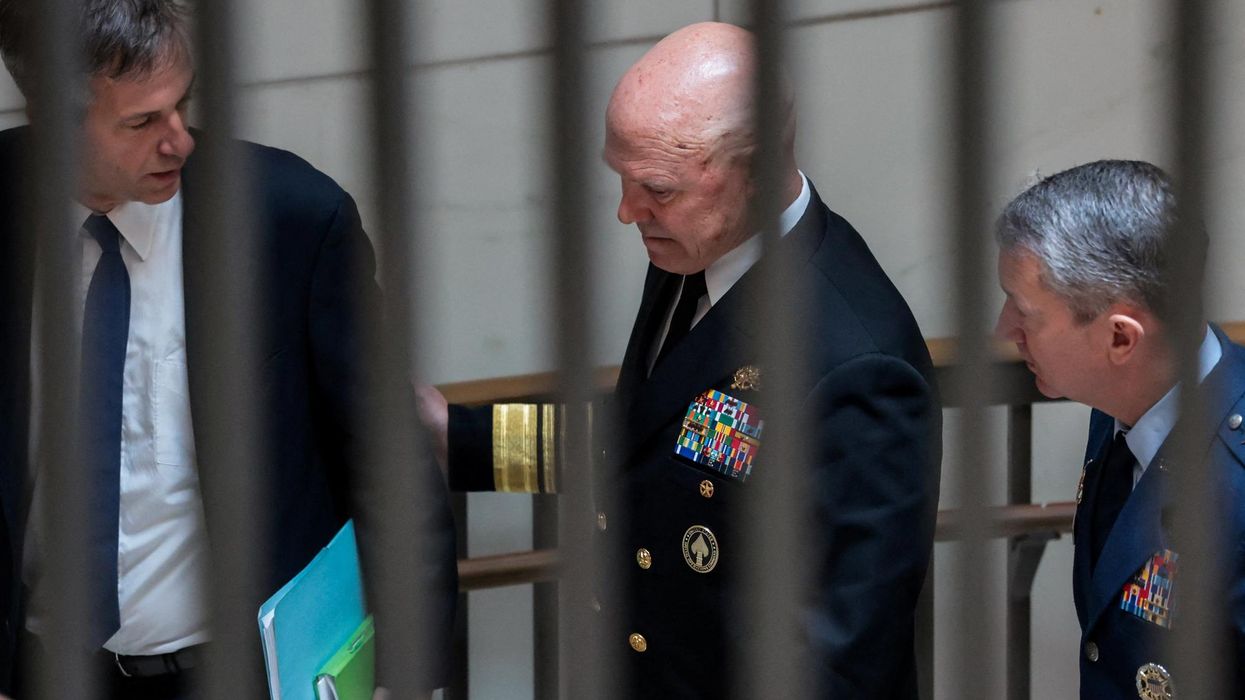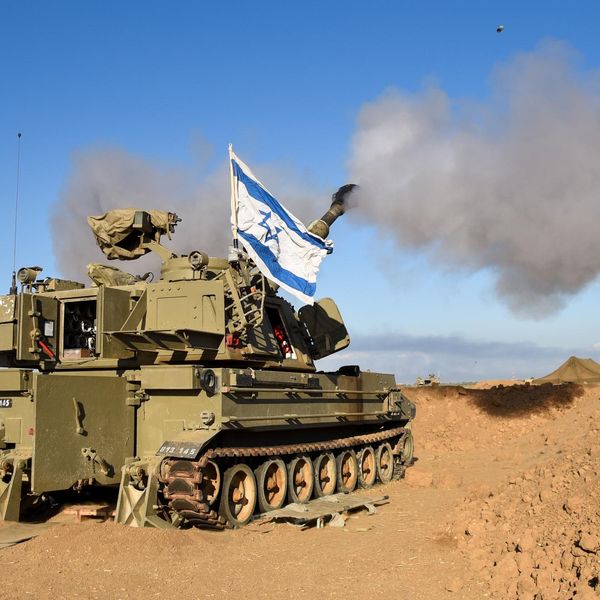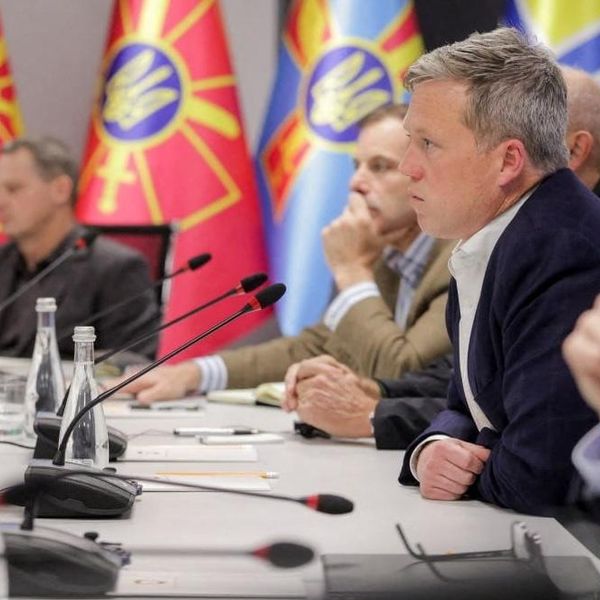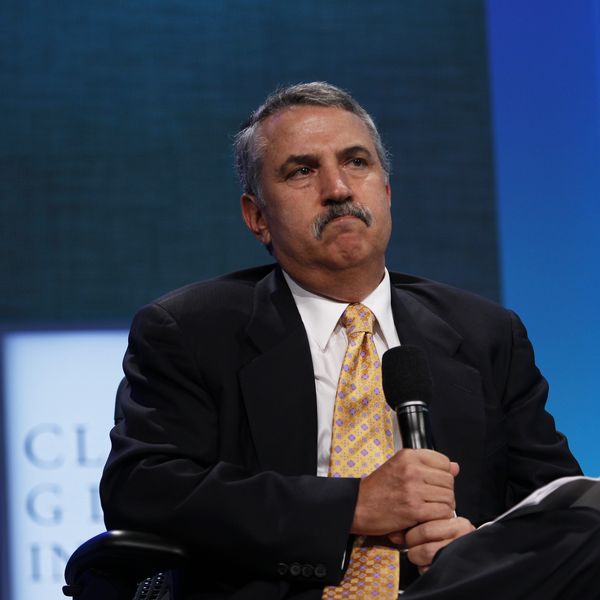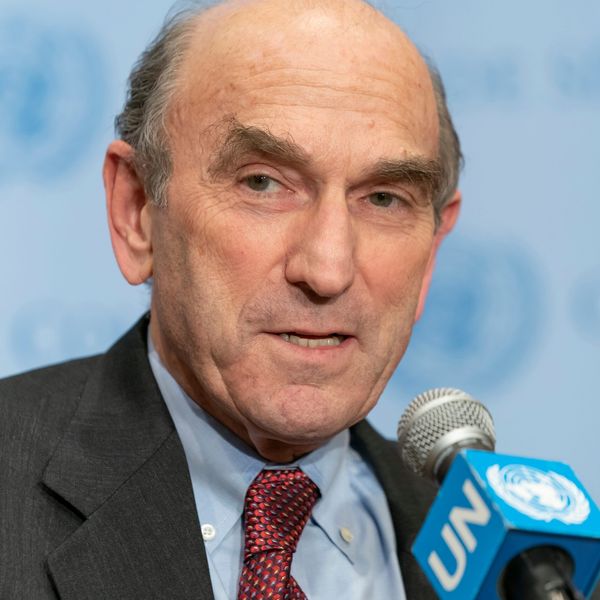The first sentence of an interim report released yesterday on the collapse of the Afghan military concludes that, “the single most important factor in the [Afghan National Defense and Security Forces’] collapse in August 2021 was the U.S. decision to withdraw military forces and contractors from Afghanistan through signing the U.S.-Taliban agreement in February 2020.”
Reuters adopted this sentence in its headline covering the report. But a deeper reading reveals that Washington built a dependent Afghan army reliant on open-ended U.S. combat support, which incentivized corruption, and ultimately lent credence to the Taliban’s narrative of a puppet government in Kabul. No reading of this latest report could lead one to reasonably believe that victory was just over the horizon.
Congress created the Office of the Special Inspector General for Afghanistan Reconstruction, or SIGAR, in 2008 to provide oversight of Afghanistan reconstruction activities and most recently instructed it to assess why the ANDSF collapsed so rapidly last summer. Over the years SIGAR has unveiled shocking degrees of corruption, oversight, deception, and incompetence in the U.S.-led war effort in Afghanistan. This report is no different, except that it bluntly describes the United States as the linchpin of the previous Afghan government’s success or failure.
A ‘mirror image’ Afghan military was destined to fail
Washington attempted to create the ANDSF as a combined arms military structure “made in the image of the United States’ own military” rather than a light infantry army that Afghanistan could sustain independently. This required U.S. military advisers and contractors to help the ANDSF manage logistics, repairs, and the operation of complex equipment. Retired General David Barno told SIGAR, “[w]e built that army to run on contractor support. Without it, it can’t function. Game over…When the contractors pulled out, it was like we pulled all the sticks out of the Jenga pile and expected it to stay up.”
The experience of the Afghan Air Force illustrates this dynamic perfectly. In 2017, the Pentagon began to transition the AAF to U.S.-made UH-60 Black Hawks even though it was assessed that if the AAF stuck to its Soviet-era Mi-17s it would be capable of maintaining them without help in just two years. This decision was partly driven by Russia’s annexation of Crimea and the lack of Russian spare parts due to sanctions. Its consequence is that AAF self-sufficiency was pushed back by over a decade to 2030.
Over 20 years, the United States invested almost $90 billion into the development of the ANDSF. As a point of comparison, it is estimated that vaccinating the entire world for COVID-19 will cost $50 billion. There were, however, some success stories in the development of the ANDSF. Elite Afghan units such as the commandos were highly competent but were forced to compensate for the absence of a well-trained regular army. The reason Washington did not get an overall return on its massive taxpayer funded investment into the ANDSF is partly due to the immense cost of building an army from scratch into a combined arms force. This was an endeavor that would have required a significantly larger margin of investment measured in billions of dollars and decades of deployments.
ANDSF lacked support or esprit de corps
The culture of the ANDSF which trickled down from Afghanistan’s political elites was infected by transactional patriotism. The interim report describes how the U.S.-Taliban agreement and beginning of the withdrawal eroded morale within the ANDSF. But it adds that, “[l]ow morale had been a problem in the ANDSF for years. The Taliban, however, always had a comparative advantage when it came to morale: it was a volunteer army who fought for religious beliefs, not for pay. In the Taliban’s narrative, the Taliban was resisting foreign occupation, an ideology deeply rooted in Afghan history and tied to Afghan identity.” This is an assessment also made in Carter Malkasian’s recent book, “The American War in Afghanistan: A History.“
The rank and file ANDSF also “viewed the United States as a force that would hold the Afghan government accountable for paying their salaries and removing corrupt actors.” By summer 2021 many ANDSF went unpaid for months which removed one of their primary motivators to keep fighting. As Afghan political leaders began to consider their plan B, so did Afghan soldiers. This allowed a campaign of negotiated surrenders and attacks to create a “domino effect” which made Taliban offers of amnesty and payment even more “enticing.” Taliban commanders worked with local elders to convince local police chiefs and army commanders to surrender or face certain death in the absence of support from the U.S. military or Kabul.
SIGAR assesses that the Taliban “did not capture most districts and provinces through military victory; instead, local government officials, tribal elders, and ANDSF commanders negotiated surrenders.” A former interior minister of Afghanistan told SIGAR’s investigators that, “[n]obody wanted to die for Ghani, [to] die for people who were here to rob the country.”This demoralization even extended to the former Northern Alliance leaders and various warlords who fled to neighboring provinces once they determined Kabul would not send support.
The ANDSF and the provincial police in particular also lacked support in many parts of the country due to corruption and abuse. Provincial police tactics were described as “arrest, bribe, and release.” The interim report claims this created “a key dilemma for U.S. advisors in stabilization and reconstruction missions: Is U.S. cooperation with brutal, but militarily capable, security forces worthwhile if it restores security to contested territory? Or does such cooperation create more conflict in the long run by undermining good governance and rule of law?” In reality, much of the time police commanders were brutal and inept at the same time.
Ashraf Ghani placed personal politics over Afghanistan’s survival
Ghani refused to accept the reality of a U.S. military withdrawal from Afghanistan. This was partly due to his own delusions but it was also reinforced by individuals in Washington. A senior State Department official told SIGAR investigators that, “U.S. government officials, including members of Congress with whom President Ghani communicated through unofficial channels, reinforced President Ghani’s misperceptions…gave President Ghani the impression that the U.S. government was not altogether on the same page on full withdrawal, and that the withdrawal announcement was intended to shape his behavior, as opposed to being official U.S. policy.”
This sentiment was shared by other Afghan leaders, who according to a senior U.S. officials believed that Washington could not leave Afghanistan due to the Taliban failing to fulfill their end of the U.S.-Taliban agreement or without the permission of the Afghan government).
During this period Ghani became increasingly paranoid over what he viewed as a dual chain of command in which some of his most competent military commanders were more loyal to Washington than Ghani himself. Lieutenant General Sami Sadat, who led the ANDSF’s fighting in the Taliban stronghold of Helmand province, described Ghani as a “paranoid president…afraid of his own countrymen.” A former Afghan interior minister told SIGAR’s investigators Ghani feared that Washington wanted him removed following the U.S.-Taliban agreement. Already known for appointing incompetent loyalists, he began to surround himself with sycophants even more than usual to the detriment of rewarding competent military commanders. He ultimately fled Afghanistan on August 15, 2021 even though some of his senior commanders appeared ready to carry on the fight.
Effect of the U.S.-Taliban agreement
A general conclusion of SIGAR’s report is that timelines were unrealistic throughout the U.S. war in Afghanistan, using South Korea as a point of comparison at least in terms of how many decades it takes to develop a modern military. For example, Ambassador Ronald Neumann who became a critic of the U.S. withdrawal had previously suggested that U.S. troops could begin leaving as early as 2006 with a full withdrawal by 2012. But even by 2021, the ANDSF was years if not decades away from any semblance of self-sufficiency of maintenance, air support, logistics, or military leadership. The U.S.-Taliban agreement was ultimately focused on extricating the U.S. military from Afghanistan. Intra-Afghan negotiations and a political settlement were a desired end result but a secondary priority at best.
Twenty years of inflated focus on Afghanistan distorted Afghan elites’ own views of their country’s importance to Washington. Empty U.S. promises also contributed to this dynamic. In April 2021, the U.S. intelligence community determined that the “likelihood of a peace deal within a year was low and the Taliban had the military advantage”. This likely shaped President Biden’s decision to leave which he announced that same month.
One question that remains open is why the United States chose to negotiate with the Taliban directly rather than simply withdraw? SIGAR reports that “President Ghani [told U.S. officials], if you want to withdraw, [then] withdraw” — but Ghani urged the United States to negotiate with the Afghan government, to give it a fighting chance. Otherwise, President Ghani said, “negotiating with the Taliban delegitimized everything and the Taliban gained a victory narrative.”
Sitting across from the table did offer the Taliban a form of international legitimacy and made the Afghan government appear impotent and subordinate to Washington. The U.S.-Taliban agreement also gave the Taliban time to consolidate military gains while the ANDSF operated under uncertainty and were even prevented from going on the offensive at times.
However, a decision to withdraw without some form of agreement would have proved politically untenable in Washington. The appearance of leaving without extracting concessions or guarantees from the Taliban would have likely sparked even more outrage in Kabul. This is rooted in the failure of elites in Washington or Kabul to fully grapple with the ground reality throughout Afghanistan. It became commonplace to use euphemistic language, unhinged optimism, and distortions of fact to cover up reality. Afghan elite corruption, nepotism, and mismanagement was subsidized by the U.S. military presence and by extension U.S. lives and taxpayer dollars.
Washington was incapable of engaging in the real debate of whether to stay for decades and spend hundreds of billions more or simply withdraw. Ultimately, the latter won out because the former was politically unpopular and increasingly distant from the U.S. interests that American presidents are tasked to defend.


